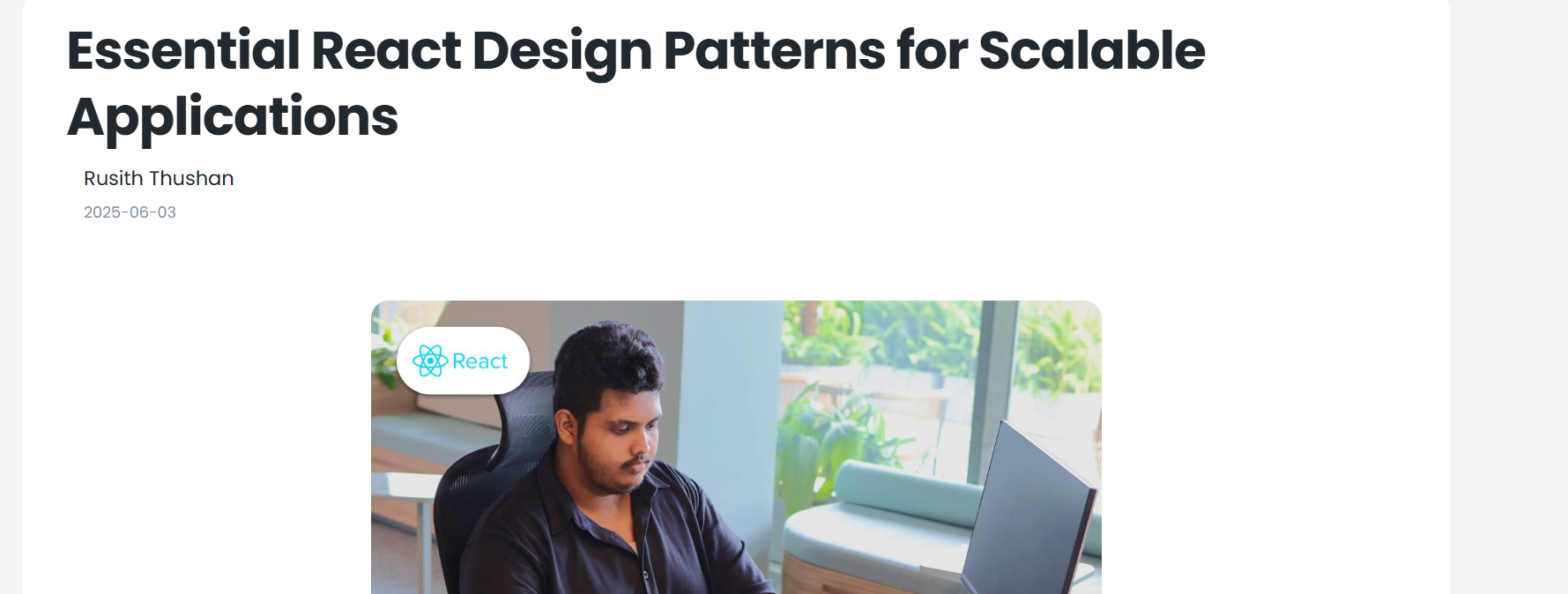
Understanding Accessibility Audits
An accessibility audit is a comprehensive evaluation of a digital product's compliance with accessibility standards, primarily the Web Content Accessibility Guidelines (WCAG). These audits go beyond simple compliance checking to examine the real-world usability of products for people with disabilities.
The Business Case for Accessibility
Before diving into the technical aspects, it's important to understand why accessibility matters from a business perspective:
Before diving into the technical aspects, it's important to understand why accessibility matters from a business perspective:
- Market Reach: 15% of the global population has some form of disability
- SEO Benefits: Many accessibility practices improve search engine optimization
- Better UX for All: Accessible design often results in better usability for everyone
## Types of Accessibility Audits
### Automated Testing
Automated tools can quickly identify many accessibility issues:
javascript
// Example using axe-core for automated testing
import { axe, toHaveNoViolations } from 'jest-axe';
expect.extend(toHaveNoViolations);
test('should not have accessibility violations', async () => {
const { container } = render(
const results = await axe(container);
expect(results).toHaveNoViolations();
});
### Manual Testing
Manual testing involves using assistive technologies and following specific testing protocols:
1. Keyboard Navigation: Ensuring all functionality is accessible via keyboard
2. Screen Reader Testing: Using tools like NVDA, JAWS, or VoiceOver
3. Color Contrast Analysis: Verifying sufficient contrast ratios
4. Focus Management: Checking logical focus order and visible focus indicators
### User Testing with Disabilities
The most valuable insights come from testing with actual users who have disabilities:
markdown
## User Testing Protocol
### Participants
- Screen reader users (blind/low vision)
- Keyboard-only users (motor disabilities)
- Users with cognitive disabilities
- Users with hearing impairments
### Testing Scenarios
1. Complete a primary user task
2. Navigate using only keyboard
3. Use with screen reader enabled
4. Test with high contrast mode
## Common Accessibility Issues
### Semantic HTML Problems
Many accessibility issues stem from improper HTML structure:
html
### ARIA Implementation Issues
ARIA (Accessible Rich Internet Applications) attributes help make complex interfaces accessible:
html
Toggle
## Integrating Audits into the Design Process
### Design Phase
Accessibility considerations should begin during the design phase:
- Color Contrast: Ensure 4.5:1 ratio for normal text, 3:1 for large text
- Focus States: Design visible focus indicators for all interactive elements
- Touch Targets: Minimum 44px × 44px for mobile touch targets
- Information Hierarchy: Use proper heading structure and visual hierarchy
### Development Phase
Developers should implement accessibility features from the start:
jsx
// Example of accessible React component
const AccessibleModal = ({ isOpen, onClose, title, children }) => {
const modalRef = useRef(null);
useEffect(() => {
if (isOpen) {
modalRef.current?.focus();
document.body.style.overflow = 'hidden';
} else {
document.body.style.overflow = 'unset';
}
}, [isOpen]);
const handleKeyDown = (e) => {
if (e.key === 'Escape') {
onClose();
}
};
if (!isOpen) return null;
return (
className="modal-overlay"
role="dialog"
aria-modal="true"
aria-labelledby="modal-title"
>
ref={modalRef}
className="modal-content"
tabIndex={-1}
onKeyDown={handleKeyDown}
>
{title}
className="close-button"
onClick={onClose}
aria-label="Close modal"
>
×
{children}
);
};
### Testing Phase
Regular accessibility testing should be part of the QA process:
1. Automated Testing: Run tools like axe-core, Lighthouse, or WAVE
2. Manual Testing: Test with keyboard navigation and screen readers
3. User Testing: Include users with disabilities in testing sessions
## Tools and Resources
### Automated Testing Tools
- axe-core: Comprehensive accessibility testing engine
- Lighthouse: Google's accessibility auditing tool
- WAVE: Web accessibility evaluation tool
- Pa11y: Command-line accessibility testing tool
### Manual Testing Tools
- Screen Readers: NVDA (free), JAWS, VoiceOver (Mac), TalkBack (Android)
- Color Contrast: Colour Contrast Analyser, WebAIM Contrast Checker
- Keyboard Testing: Browser developer tools, custom scripts
## Creating an Accessibility Audit Report
A comprehensive audit report should include:
### Executive Summary
- Overall accessibility score
- Number of issues by severity
- Compliance level (A, AA, AAA)
- Priority recommendations
### Detailed Findings
- Issue description and location
- WCAG guideline reference
- Impact on users
- Recommended solution
- Code examples
### Implementation Roadmap
- Quick wins (low effort, high impact)
- Medium-term improvements
- Long-term accessibility strategy
## Conclusion
Accessibility audits are essential for creating inclusive digital experiences. By integrating accessibility testing throughout the design and development process, teams can identify and address barriers before they impact users.
Remember that accessibility is an ongoing process, not a one-time checklist. Regular audits, user feedback, and continuous improvement are key to maintaining accessible products that truly serve all users.
The goal is not just compliance with standards, but creating genuinely usable experiences for people with diverse abilities and needs. When we design for accessibility, we create better products for everyone.
Article Tags

Sarah Chen
UX Designer and accessibility advocate at OXZON AI. Specializes in creating inclusive digital experiences and has worked with Fortune 500 companies to improve their accessibility standards. Sarah holds certifications in WCAG compliance and has published research on inclusive design practices.


